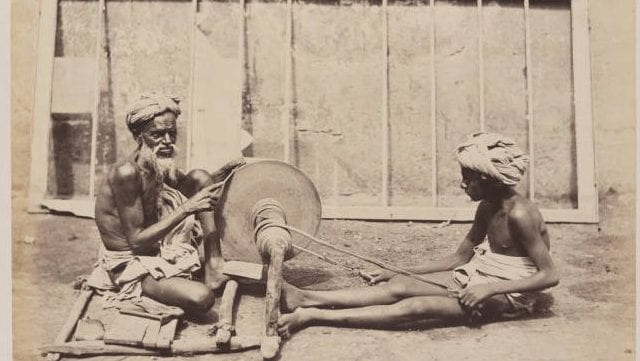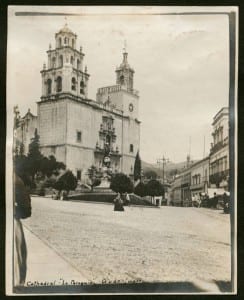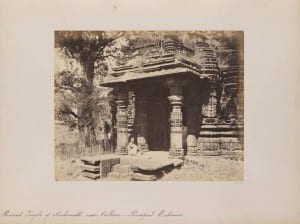Title: Cathedral ”La Paroquia,” Guanajuato
Creator: unknown
An unknown creator took this photograph named “Cathedral ‘La Paroquia,’ Guanajuato” between 1905 and 1909 in Guanajuato, Mexico. In this photo, there is a grand western Baroque Catholic Cathedral sitting in the middle, a sculpture located in a small plaza in front of the Cathedral, and many short buildings situated on the right. There are a few people walking on the street, including a nun. Some of them are sitting on the curb and few street vendors trading on the side. According to various buildings, this Cathedral should be sited on a prosperous area, maybe the center of the city, but it is not a very busy area since there are very little people walking on the street.
Through this photo, I can deduct that westernization and culture transformation were being processed in Guanajuato. Because of the delicacy and grandness of the Cathedral and sculpture, it was easy to see that Europeans spent a lot of money on building churches and communicating aesthetics. Compared to other buildings’ exterior, this Cathedral should have been here for a long time. The walls have eroded by wind and rain, revealing traces of life. The westernized buildings and the notable Baroque styled cathedral of the city showed the Europeans transmitted its architectural style during the colonization. By looking at the photo, we can tell this place is clean, prosperous and rich. Then why there are not many people on the street or walking around this area?
Title: Ruined Temple of Ambernath, near Callian –Principal Entrance
Creator: William Johnson
William Johnson, who was an Anglo-Irish official of the British Empire, took this Western Indian photograph named “Ruined Temple of Ambernath, near Callian – Principal Entrance” between 1855 and 1862. In this photograph, we could see a ragged old monk was sitting on the entrance of the ruined temple and looking into the distance seemed lonely and sad, and another one was walking across the weeds. Although the temple was ruined, its formal brilliance could be seen through ornate carvings of pillar fragments. And some left figures of the Buddha were delicate and vivid on the wall. The grass was growing widespread and the bricks of floor were falling off.
From this bleak photograph, I can conduct that this temple took a lot of time and a lot of money for building according to the beautiful carved columns and delicate Buddha figures. Before ruin, it should be the symbol of splendid culture and Buddhism in this area. The luxuriant growth of weeds told the temple has been ruined and abandoned for a while. This temple was abandoned maybe related to the transmission of Christianity by British colonizers. And this ruined temple also implied the British attitude towards Indian religion and civilization—disregard. The shabby clothes of the monk showed the low social status and poor life. But why these two monks came back even when the temple has been ruined and what were they thinking?



